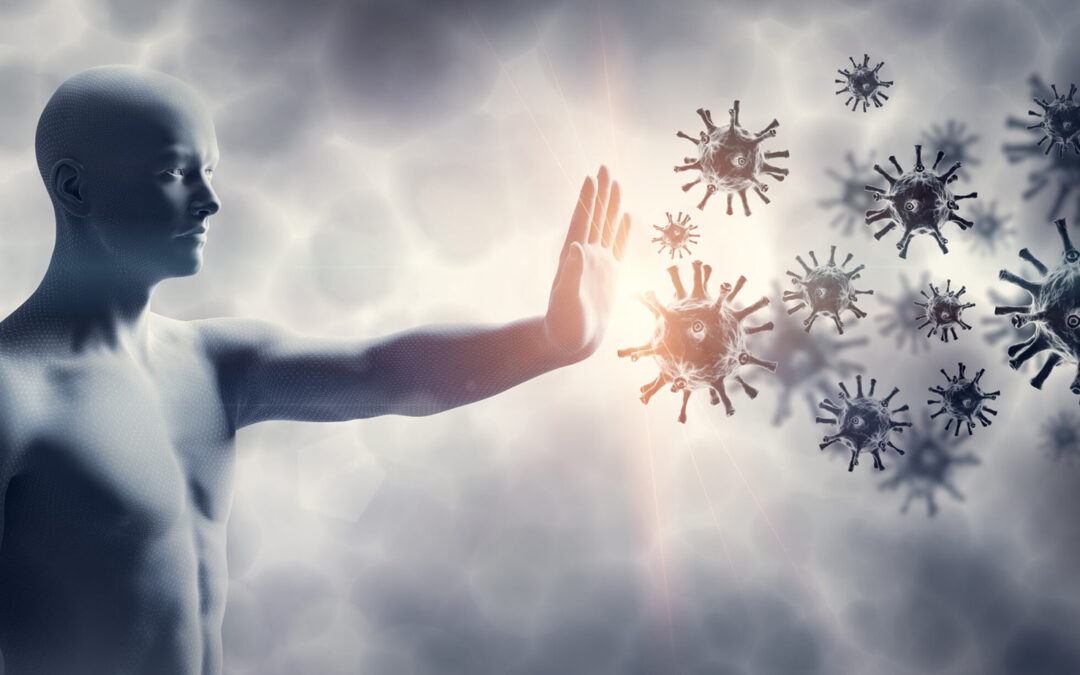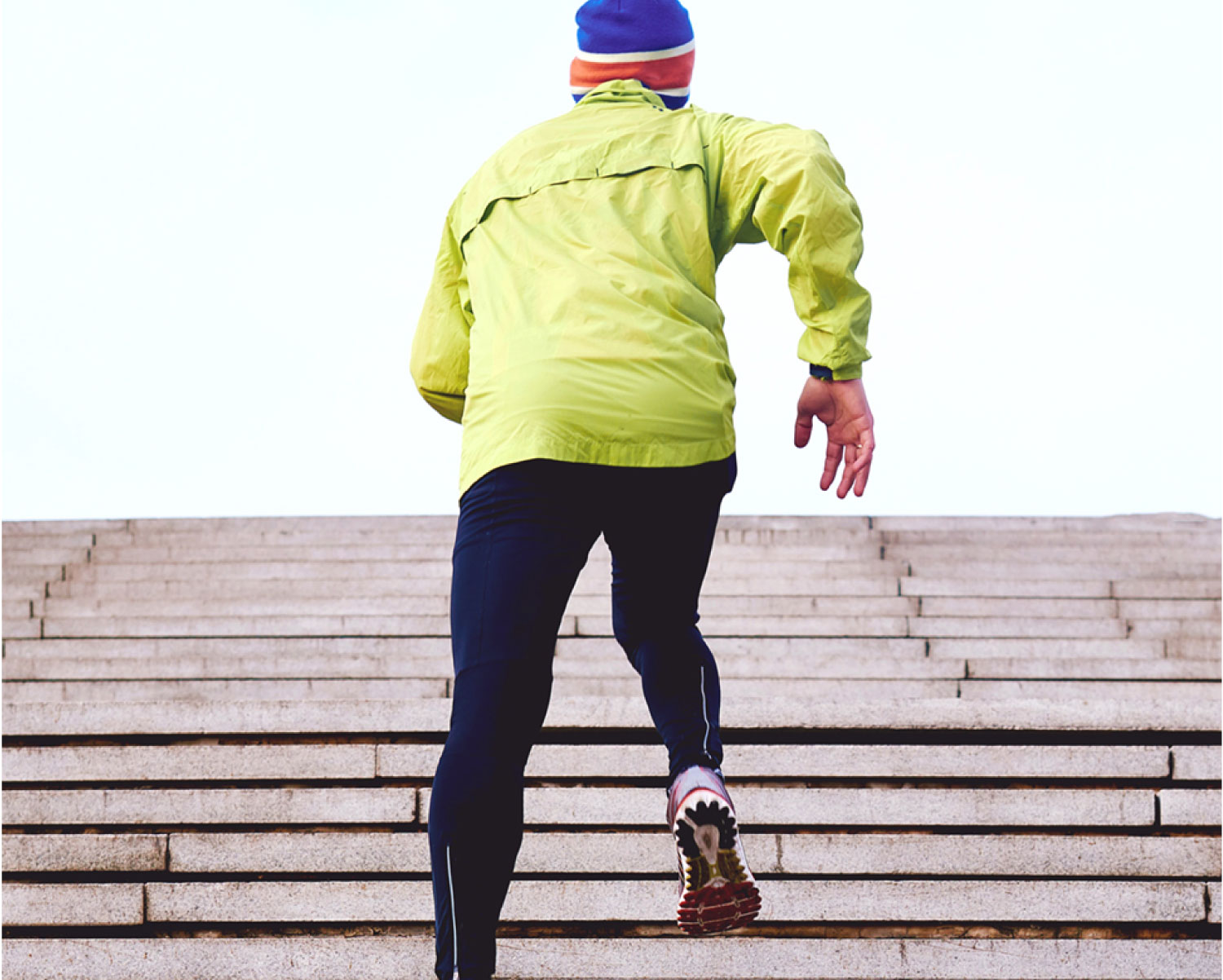It's exciting to imagine upcoming days when COVID-19 quarantine restrictions begin to lift and some resemblance to the way we used to spend our days returns. However, scientists warn that caution must continue to be a high priority in order to limit any potential renewed outbreak of this coronavirus throughout our population.
Dr. Aaron Milstone, a Pulmonary Critical Care Specialist at the Williamson Medical Center in Franklin, TN, recently took time out of his busy schedule to discuss with Shauna Lagatol, CEO of Wellin, the three critical steps people can take in order to prevent COVID-19 infections as we emerge from this long stretch of coronavirus quarantine.
Continual COVID-19 Testing for Early Detection
Shauna: Dr. Milstone, we're entering uncharted waters as quarantine restrictions lift. Of course everyone wants things back to normal as quickly as possible, but what do you think has to happen for that to occur?
Dr. Milstone: Shauna, that's a difficult question to answer because there are so many ways that states, municipalities and even communities are approaching ways to handle the pandemic transition back to what will be a very different normal, at least for a while.
I think one thing we will be looking at, hopefully, is the ability for wider and more immediate testing. When somebody begins to feel sick or we find someone who has the virus actively, it will be important they self-quarantine for a period of 7 to 14 days. This is not so much for the health of the person who has contracted the disease, which will be monitored of course, but for the health of their communities and the states at large.
If we determine the presence of the virus in a community, testing throughout that community should become part of a regular medical routine, and not just done with people who may be feeling ill. Unfortunately, even if someone is completely asymptomatic with absolutely no signs of the infection, they can still be actively shedding the virus. That means they can give that virus to older individuals, or individuals with underlying medical conditions and that would be a bad thing, and perhaps put us right back into a situation where a community must be shut down.
Therefore, one important way to limit the spread of the pandemic is to find out who is infected, encourage them to quarantine for 7 to 14 days, and then to trace back their contacts for the past several days so that those individuals can be made aware that they have come into contact with somebody with COVID-19.
COVID-19 Hand Washing Becomes Even More Important
Shauna: At the moment, reliable COVID-19 home testing kits are not available. What is something people can do at home to reduce risk of infection?
Dr. Milstone: Hand washing is the number one way to prevent any transition of a virus, not merely COVID-19. You should look down at your hands and they should appear dry and cracked and chafed because that's a sign that you're doing a real good job with hand washing.
Hand washing has to become a routine. It should be the first thing you do when you get home and the first thing you do after you've touched something like a stainless-steel surface or a plastic surface where the virus may reside. It's the very best way to avoid spreading the infection because if the virus is on your hands and you touch your eyes, or your mouth or your nose, you have a high likelihood that you're going to give yourself the virus. This is contact with your hand through what we call mucosal membranes, which are parts of the body that are fleshy and thin where the virus can penetrate fairly easily.
Wearing Masks to Limit COVID-19 Transmission
Shauna: What about wearing masks in public?
Dr. Milstone: The issue of wearing masks is a little more difficult because as you may know, we have conflicting recommendations. The World Health Organization (WHO) recognizes the wearing of masks as very important and strongly recommends that people wear them in public. Then you have our Center for Disease Control (CDC) that only recommends that people “consider wearing” a cloth mask. When you have different organizations issuing different levels of recommendations, you have to take it down to the level of the people to determine who is right and what they feel comfortable with.
The question I hear the most is, "Does wearing a mask protect the wearer or does it protect others?" The answer is that wearing a mask does not protect you from getting the virus. The reason for that is because we touch our face many, many times a day and most of us will touch our face even when wearing a mask. So if you have the virus on your hands from touching an infected surface, the mask is not going to protect you from getting infected if you then touch a mucosal membrane.
What a mask does do, however, is reduce the amount of COVID-19 in the air when you cough or sneeze or breathe out forcibly. So by wearing a cloth mask you are actually preventing yourself from spreading the COVID-19 infection to somebody else. So it can be an important way to prevent the spread of the virus.
Shauna: Do you think wearing masks gives people a false sense of security?
Dr. Milstone: Absolutely, and the reason is because people think they're protected behind the mask but in reality if you open a door and then scratch your chin, touch a window and then brush your eye, or if you get an itch on the tip of your nose and scratch it, then wearing the mask will do very little to protect you. The idea of the cloth mask is to prevent you from aerosolizing the virus and giving the virus to others around you.
Shauna: This is great information. Thanks so much.
Dr. Milstone: My pleasure. Stay safe.


